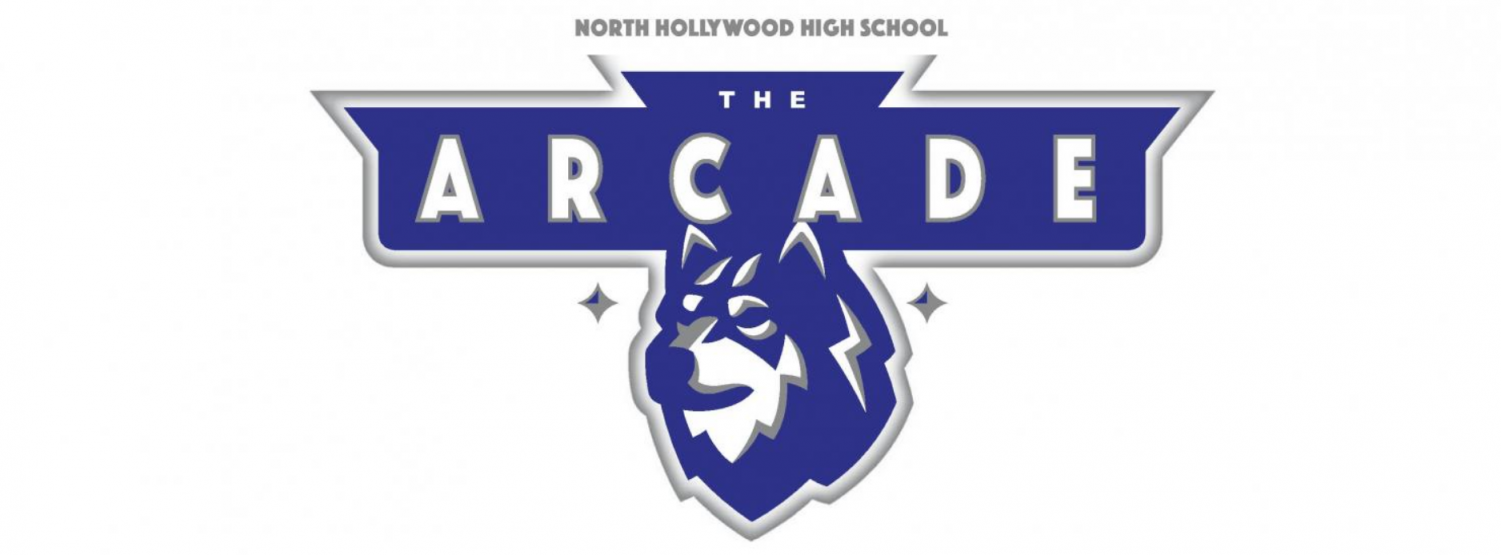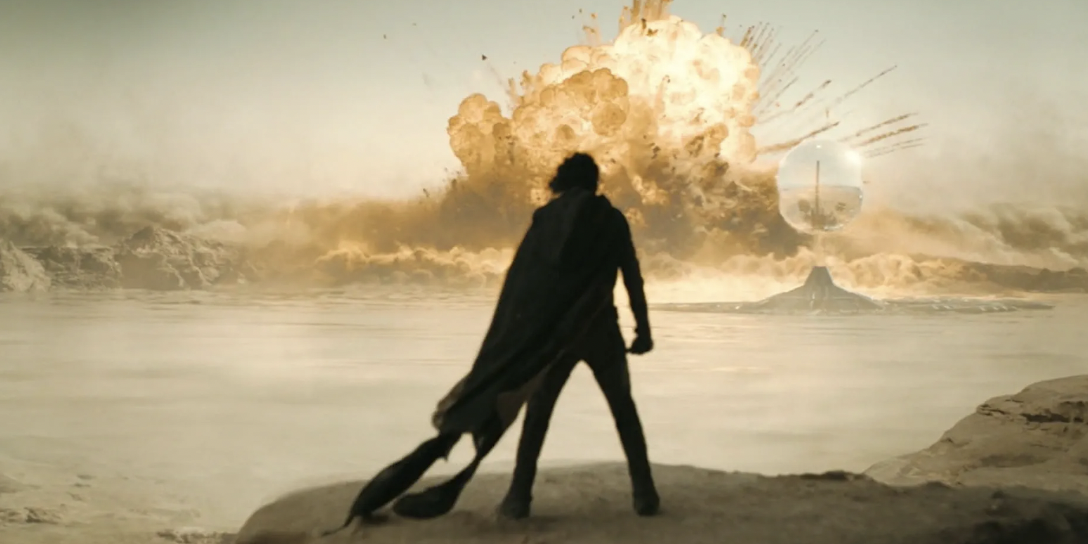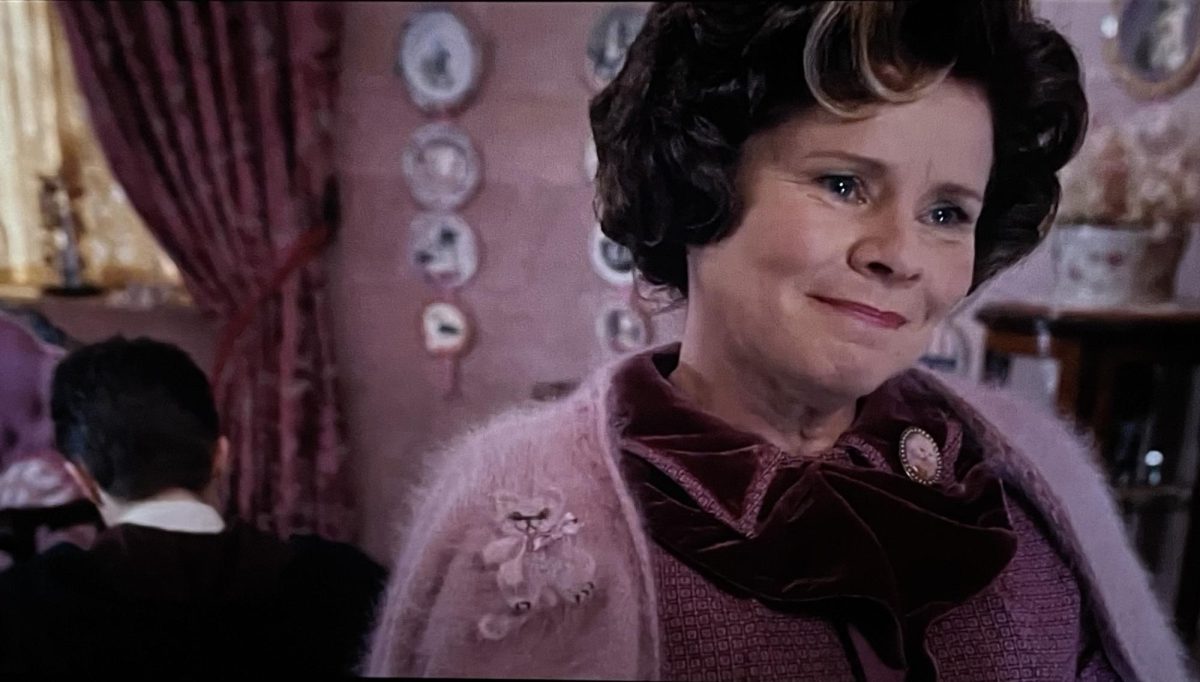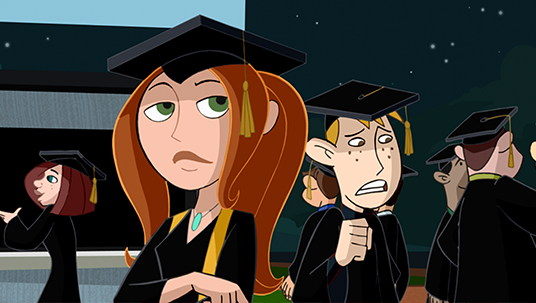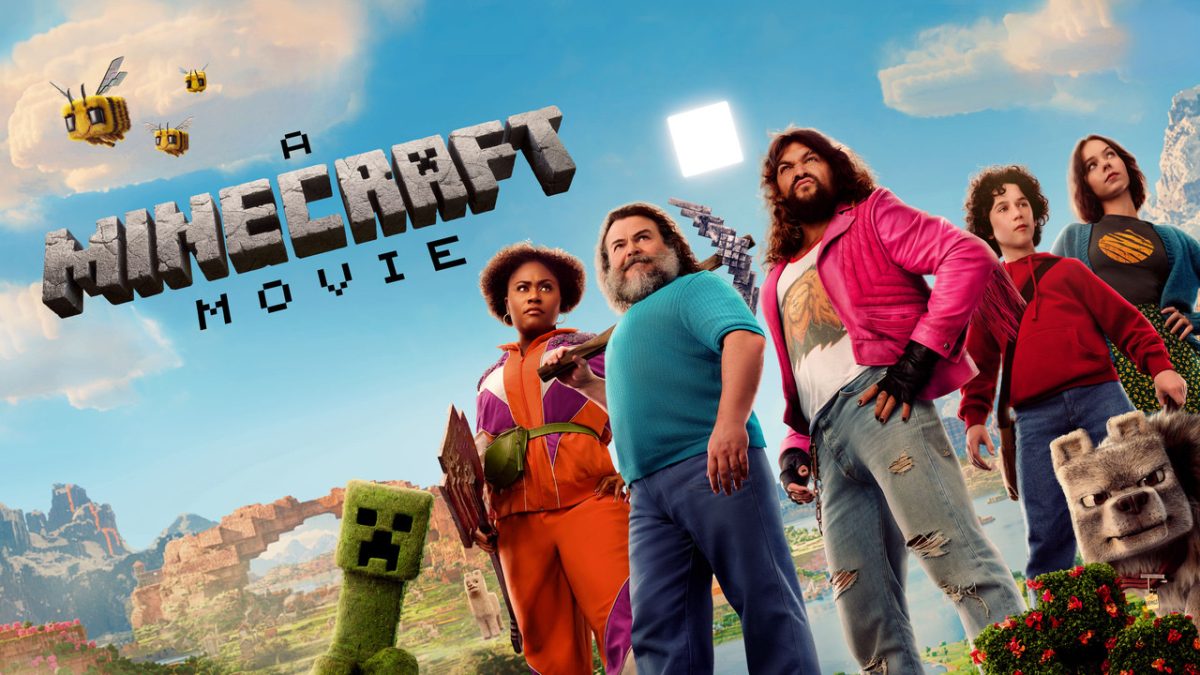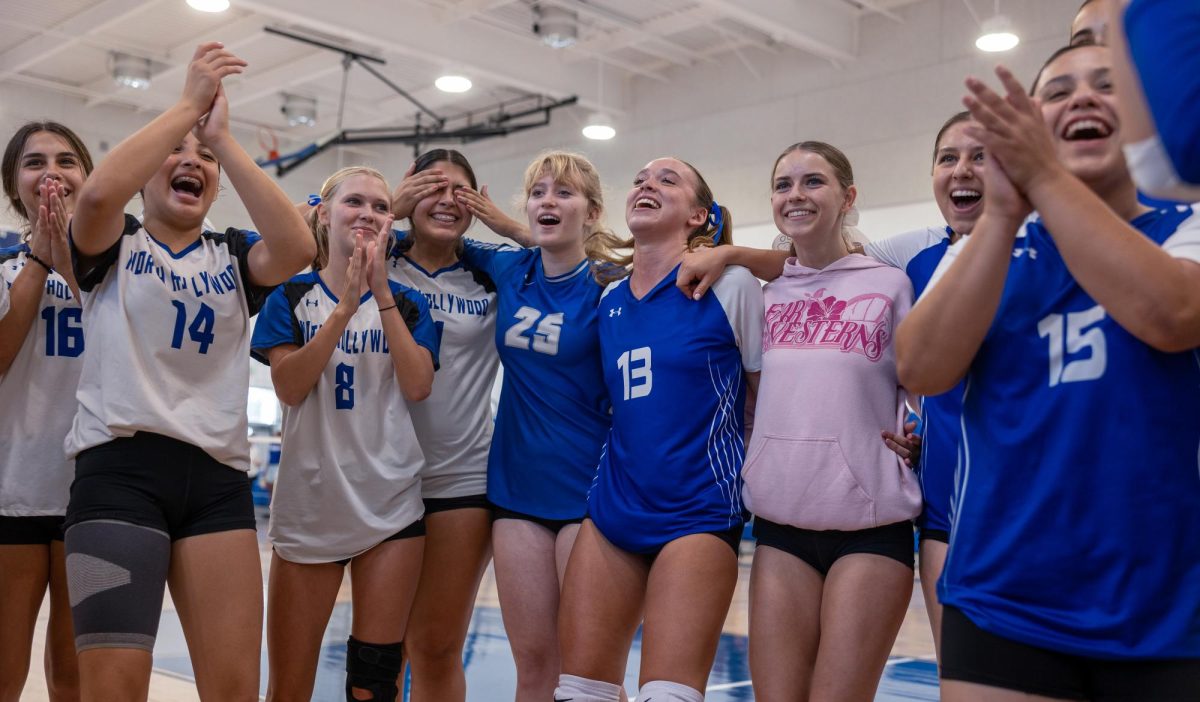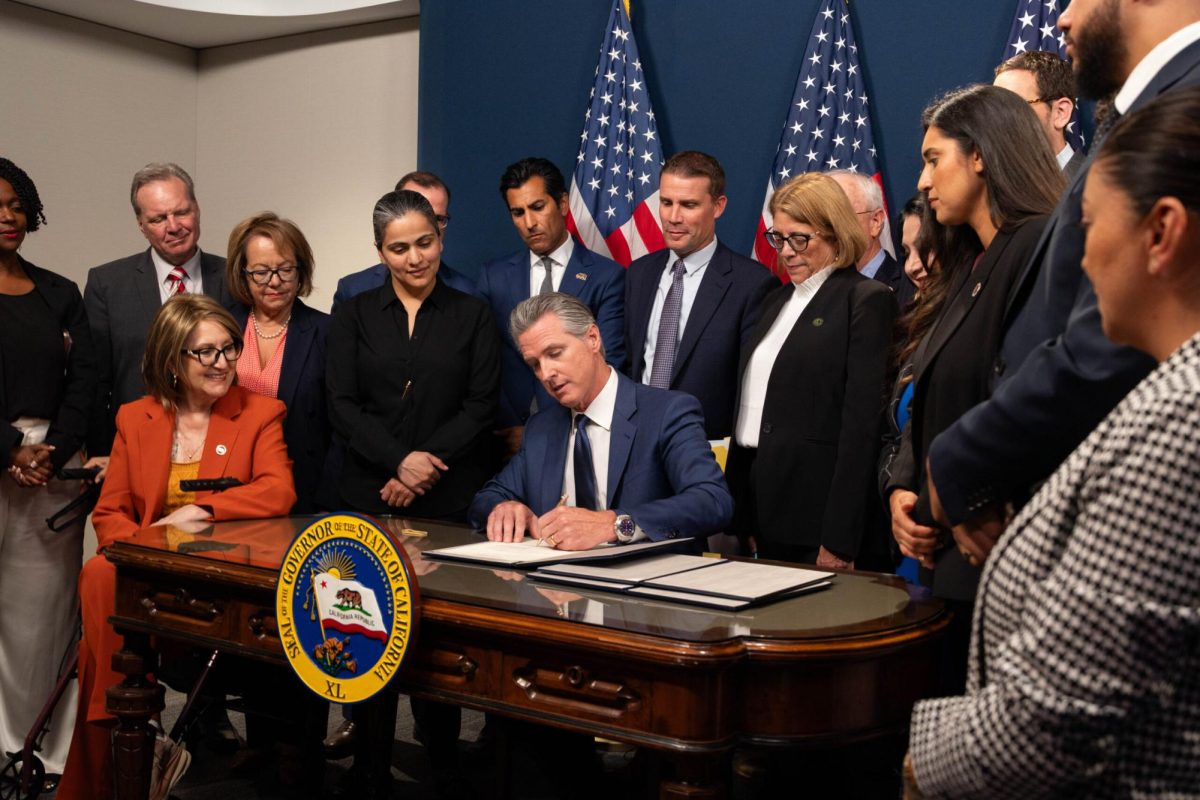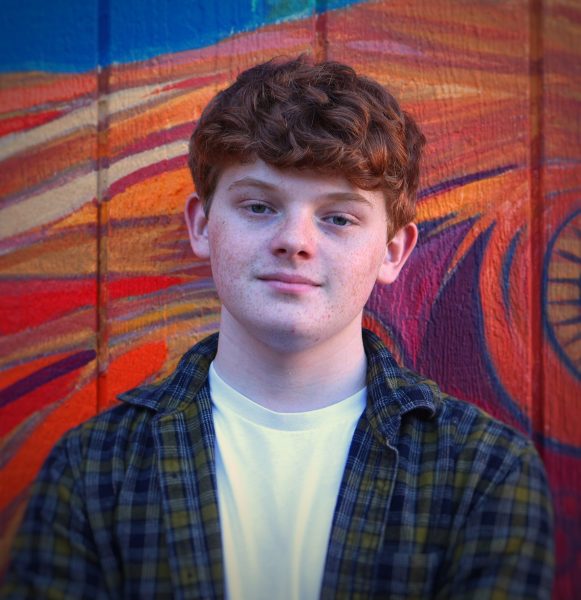There’s no denying Dune: Part Two is a step up from the original. Whether it be its intense action set pieces or the multitude of new characters, the sequel builds upon what was set up before with a complete and fleshed-out story. But does director Denis Villeneuve delve deep into the minds of its characters, or forgo logic in favor of preserving its grand spectacle? I had to watch myself to find out.
The film begins where 2021’s Dune left off: After the destruction of his kingdom and the death of his father, fighter Paul Atreides (Timothée Chalamet) and his mother Lady Jessica (Rebecca Ferguson) have joined the Fremen, a tribe of native rebels led by Stilgar (Javier Bardem) who live in the caves of desert planet Arrakis. Part Two follows Paul’s path to exact revenge against the dictatorial House Harkonnen, led by Baron Vladimir (Stellan Skarsgård), by winning the trust of the Fremen army; including the elusive Chani (Zendaya), who he forms a romantic relationship with.
After rewatching Part One in preparation for Part Two, I was left disappointed. In choosing to adapt Frank Herbert’s titular 1965 novel in two separate films to tell the complete story, Villeneuve’s first entry felt more like exposition and worldbuilding than a meaningful story of its own. No amount of marvelous visuals and sound design could keep me invested through its sluggish two-and-a-half-hour-long runtime.
But without the burden of having to establish the story from the beginning, Part Two begins with a running head start. With intense action set pieces and an intriguing love story between Paul and Chani, the movie makes use of its incredible visual effects to showcase the former’s assimilation into the Fremen culture. Hailed as a “messiah,” his efforts culminate in one of the film’s most impressive sequences: when Paul is tasked with enticing, mounting, and riding a 1000-foot-long sandworm through the desert.
Another step up from the original is the performances. While Dave Bautista’s absurd performance as the villainous Glossu Rabban Harkonnen was a lone outlier, the rest of the remaining cast put more emotion and weight on their characters than the previous installment. The new cast members give their all too; Lea Seydoux and Christopher Walken, for instance, are strong despite their minor roles, but the star of the show is Austin Butler as Feyd-Rautha Harkonnen.
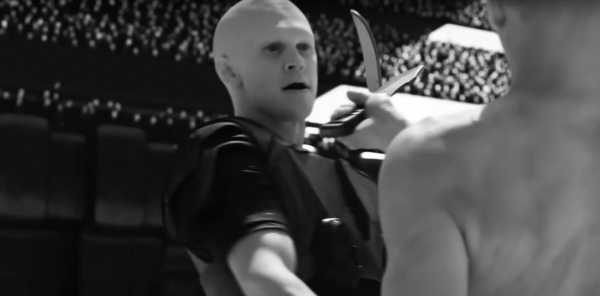
Hot on the tail of his Academy Award-nominated lead performance in Elvis, Butler similarly molds his voice with commanding confidence to portray a feisty yet troubled antagonist. All this and more is evident in what may be the best scene in the entire film: A black-and-white gladiator-style fight scene where Feyd-Rautha demonstrates his menacing complexion and fierce capabilities with fervor thanks to Villeneuve’s hyper-stylized direction.
So why did I walk out of the theater unsatisfied?
While Part Two’s initial pace keeps the audience engaged through Paul’s assimilation into the Fremen tribe, the story begins to fall apart once he assumes his role as “messiah” of the Fremen. On one hand, his ascension to power makes sense considering his quest for revenge against the Harkonnens. But on the other hand, not only is his initial hesitance swept away overnight once he assumes his role, but Chani’s resentment towards him for doing so feels unmotivated considering his good intentions.
It’s interesting to compare this film to something like James Cameron’s Avatar; similarly, a big-budget sci-fi epic about a strong-willed outsider assimilating into a native culture to fight back against the tyrannical forces that threaten them. The difference, of course, is that Avatar’s protagonist faces the moral conflict of opposing his own people, while Dune’s Paul Atriedes feels hatred of the Harkonnens from the start. As such, the apparent viciousness of his decision to use the Fremen forces available to him to fight against a common enemy fails to land. Villeneuve tries to paint him as a corrupted anti-hero but instead shows him to be a benevolent leader.
In the end, Part Two finishes with a runtime even longer than that of its predecessor. And while the final battle between Paul and Feyd-Rautha is tense, without effectively showing the audience the moral ambiguity of the former’s actions, it’s hard to take Chani’s feelings seriously and understand the message Villeneuve is trying to convey.
Still, it’s hard to deny the vast scope and epic execution Villeneuve takes with Part Two. While he has stated plans for a Part Three to come in the near future, the ending to this installment ties up most loose ends that may be lingering in the audience’s mind. So while its daunting length and confusing character motivations left me disappointed, Dune: Part Two is a worthy watch for those looking to experience a sci-fi odyssey that surpasses the original.
Rating: 6/10
